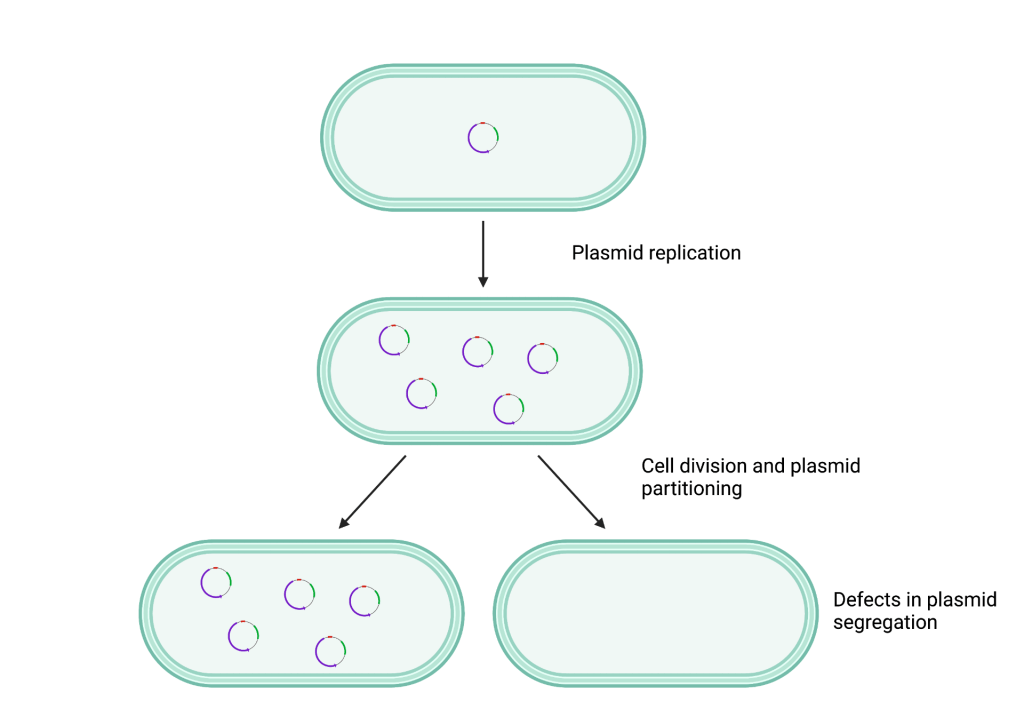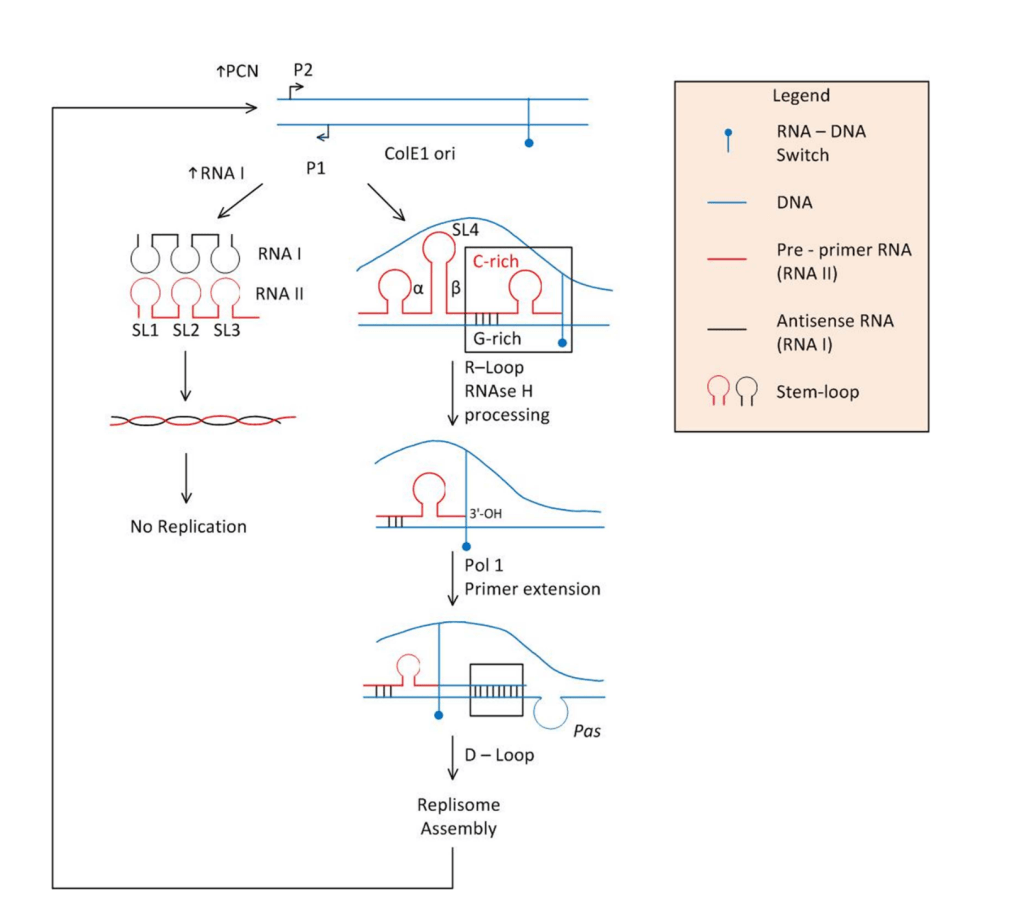
Identifying the Role of ColE1 Origin of Replication in Plasmid Segregation Control: The Camps lab has challenged the long-standing assumption that the segregation of multicopy plasmids occurs randomly. Through our research on ColE1 plasmids, we have demonstrated that plasmid stability contradicts the random distribution model. Our findings indicate that multicopy plasmids tend to cluster in foci within cells, effectively reducing the number of partition units. Furthermore, our work has uncovered the role of the ColE1 plasmid’s origin of replication in plasmid maintenance, distinct from its role in replication initiation. Ongoing investigations aim to explore the interplay between plasmid origins of replication and toxin-antitoxin systems, further enhancing our understanding of plasmid segregation dynamics.

Unraveling the Mechanics of Plasmid Replication: The Camps lab’s research on plasmid replication, specifically focusing on the ColE1 plasmid, has yielded fascinating discoveries. Through a mutation footprinting approach, we have uncovered the intricate dynamics between two DNA polymerases, Pol I and Pol III, that coordinate our actions during replication. Our findings have challenged conventional assumptions by revealing the functional redundancy of Pol I with Pol III, the higher frequency of Okazaki fragment priming in the plasmid compared to the chromosome, and the vital role of Pol I extension in completing replication on the lagging strand. Additionally, the lab has investigated mutations in the ColE1 plasmid’s origin of replication, which impact plasmid copy number. Our comprehensive review of genetic approaches to modulate plasmid copy number for recombinant gene expression has provided a valuable resource for the scientific community. Furthermore, we have contributed highly-cited review articles that contextualize ColE1 plasmid replication within the broader realm of theta plasmid replication, exploring its biological implications.
